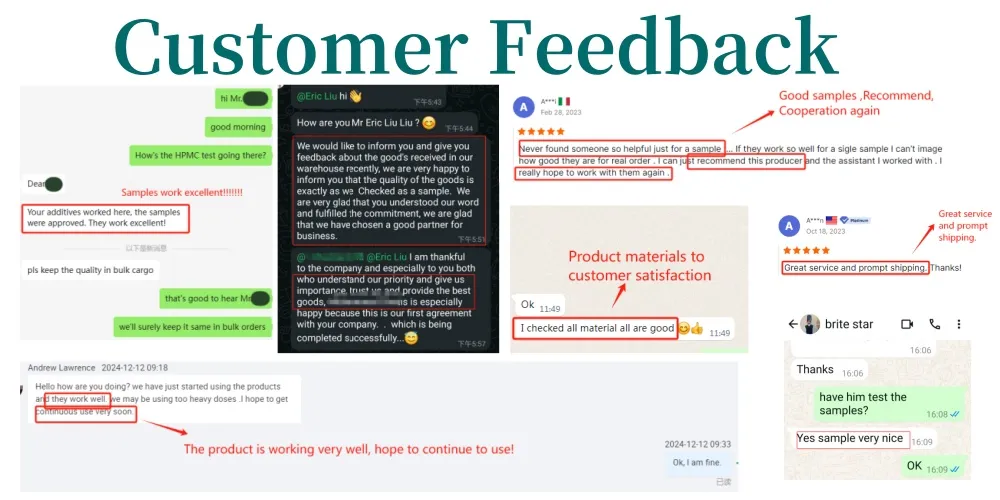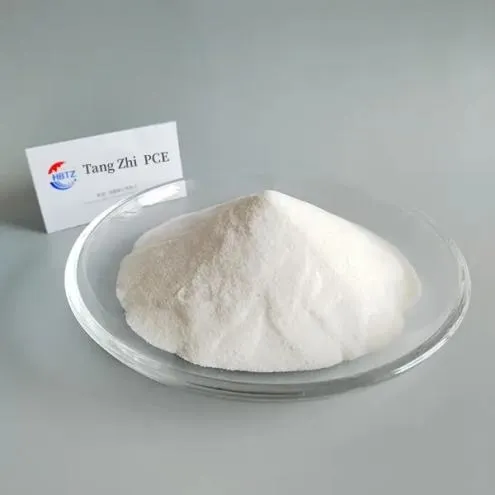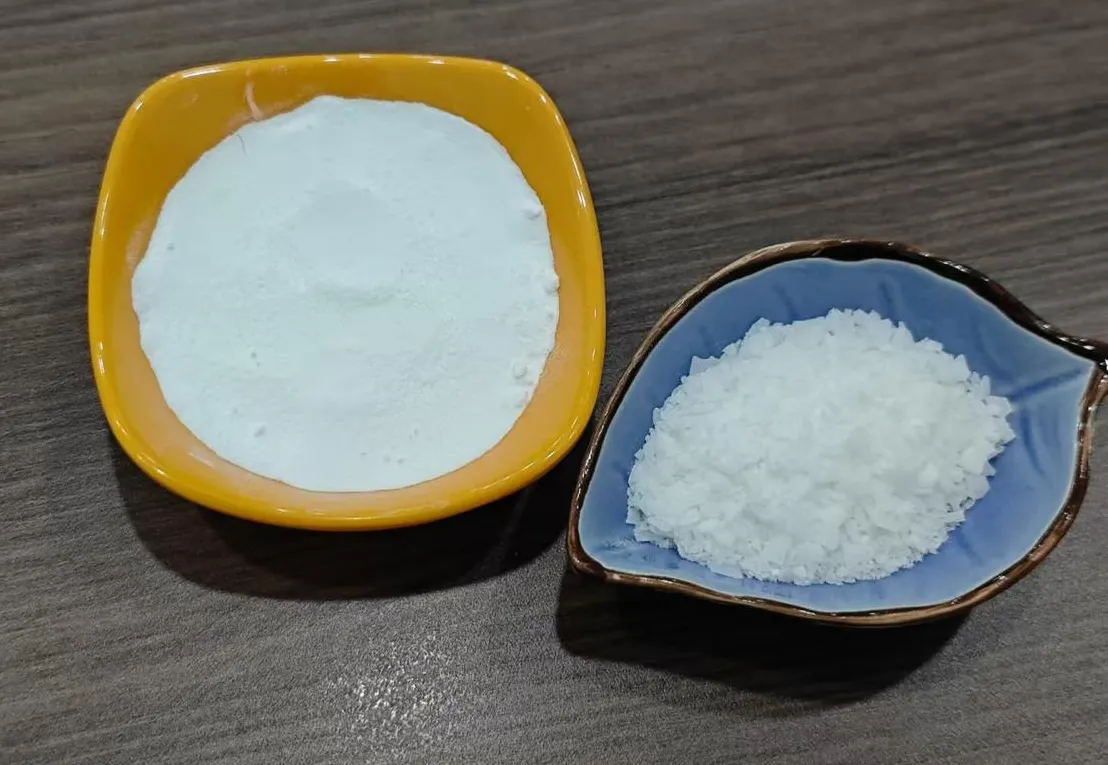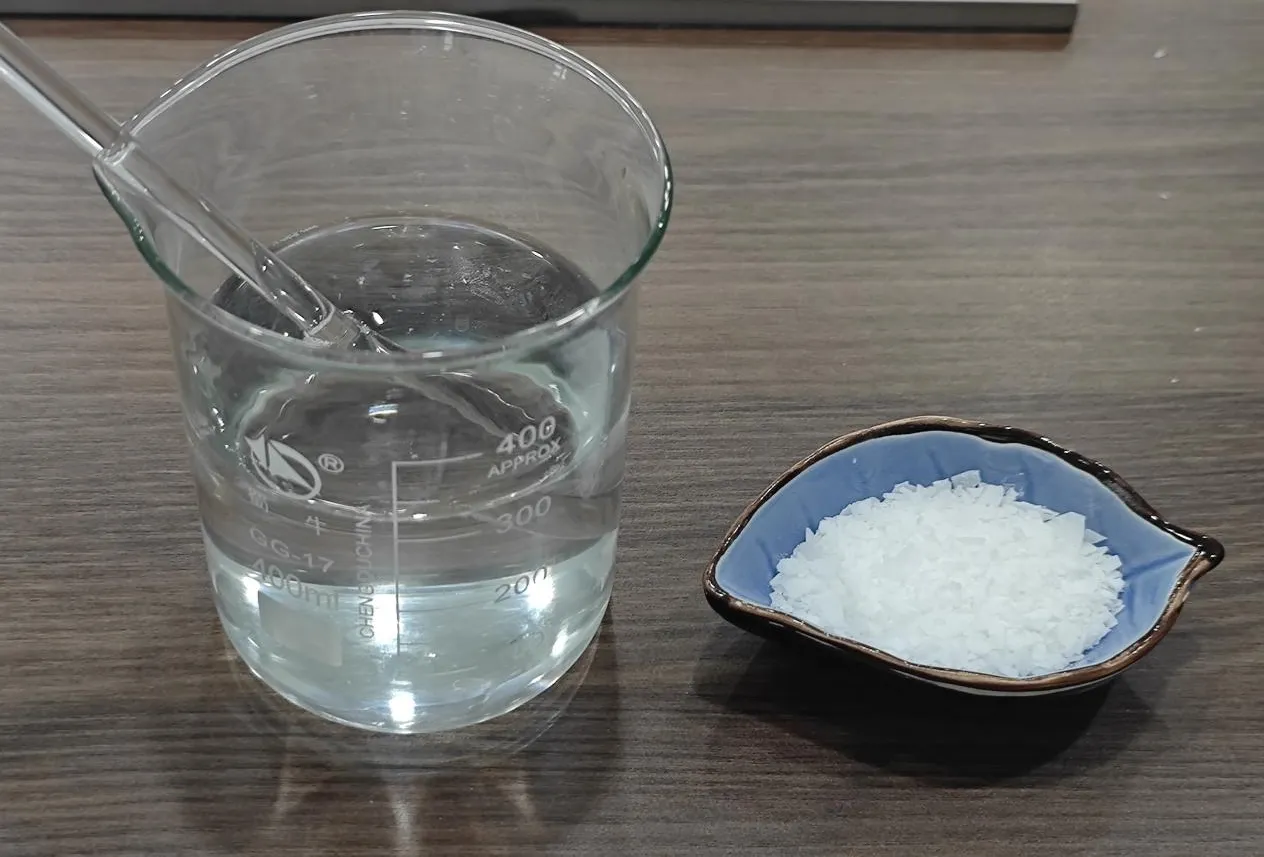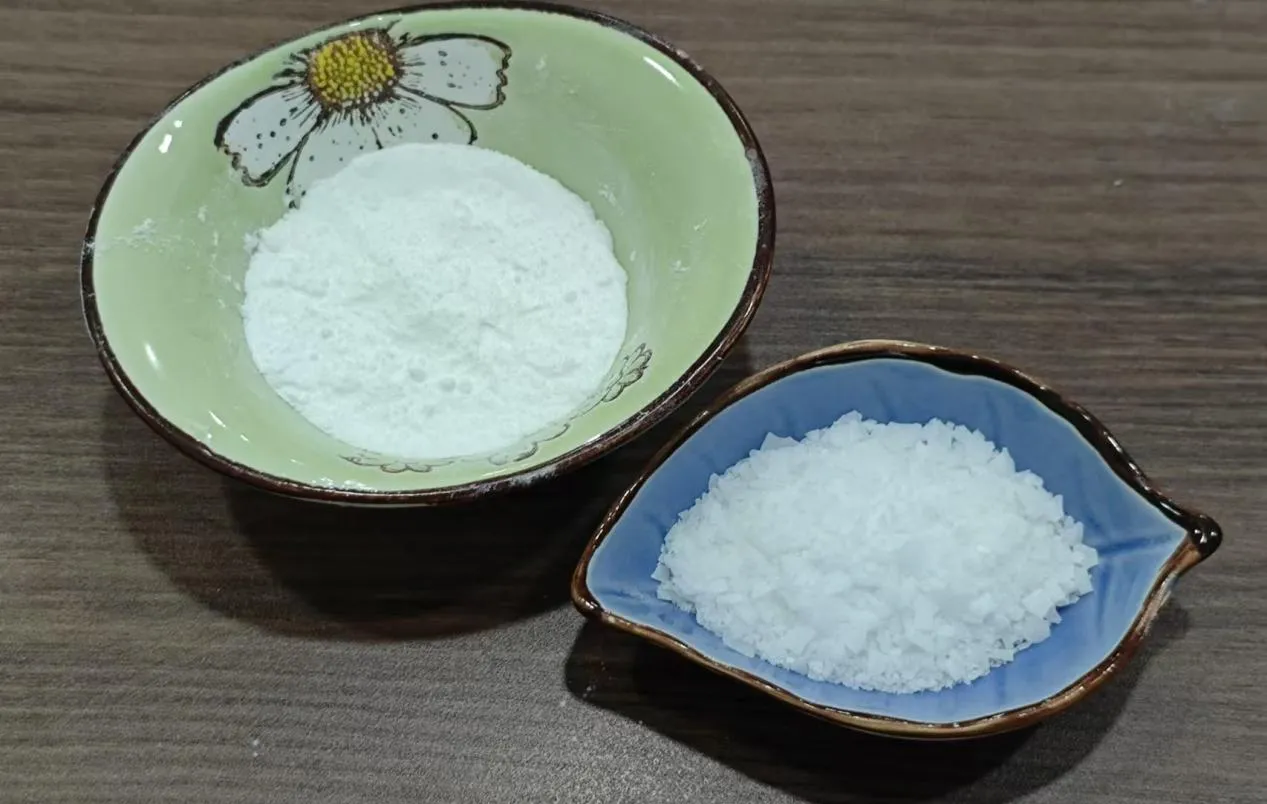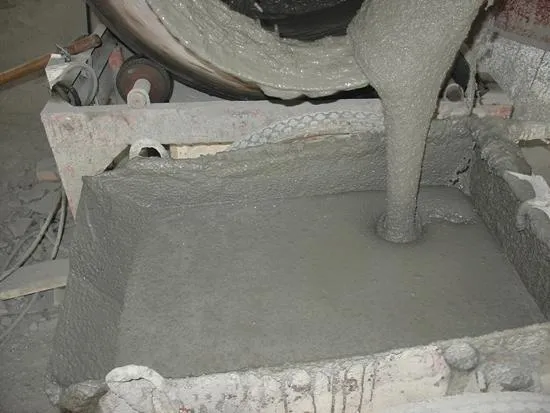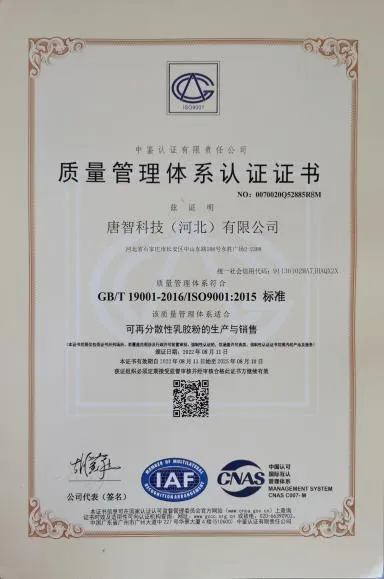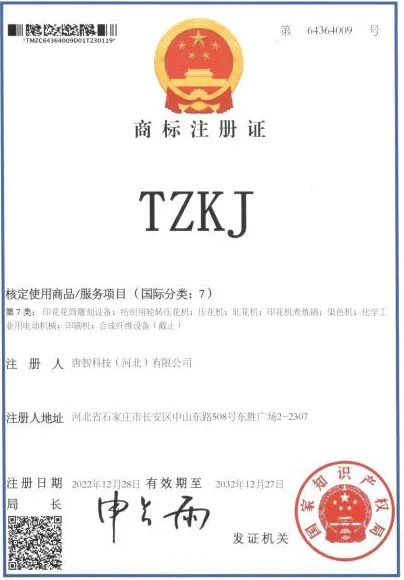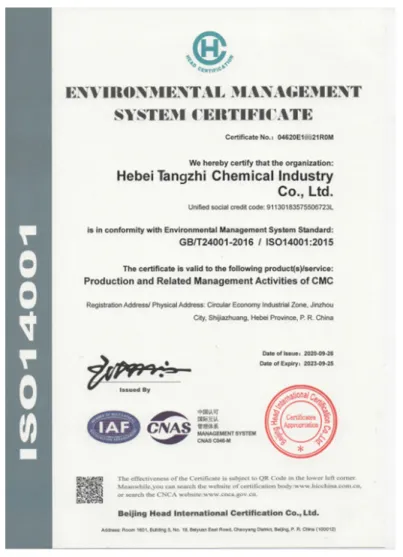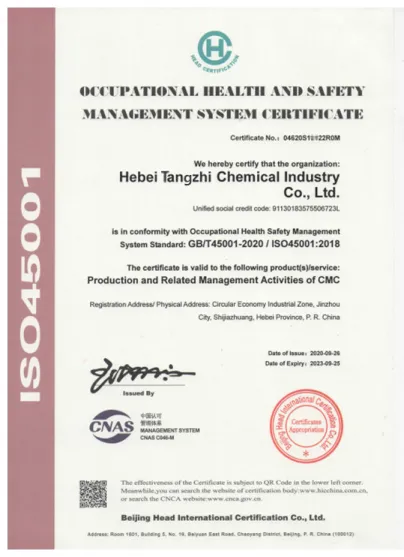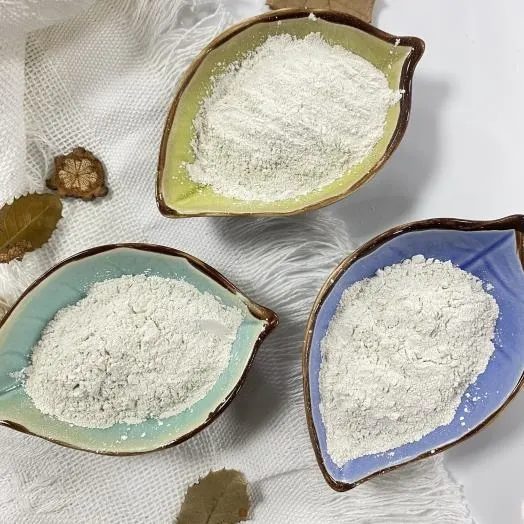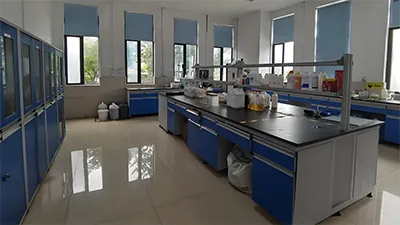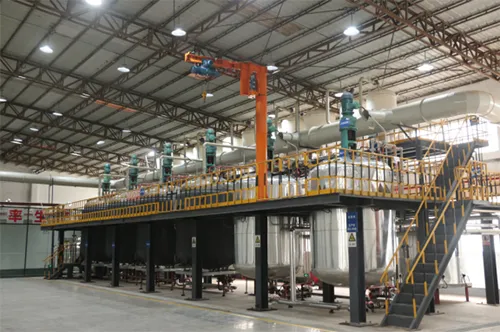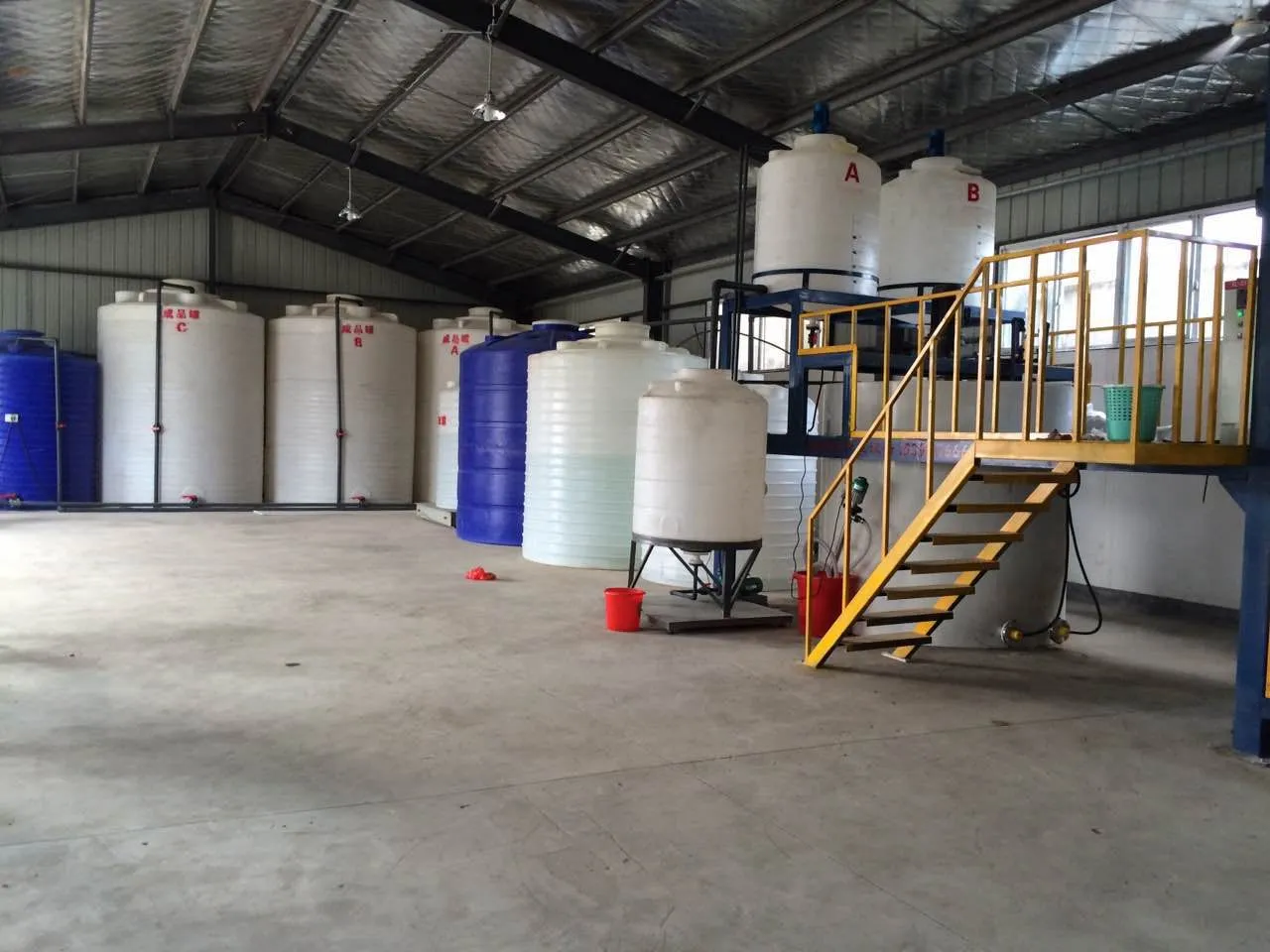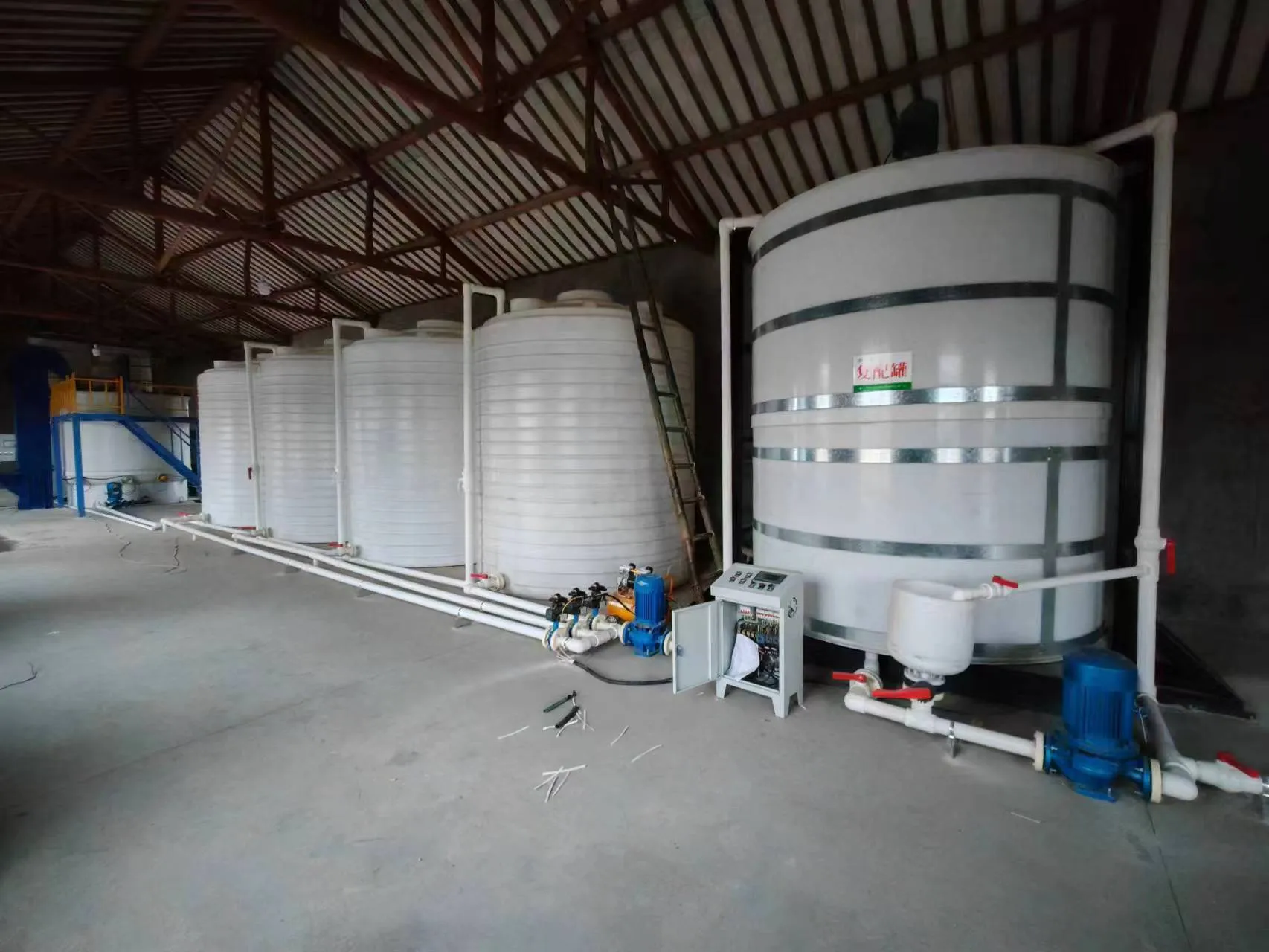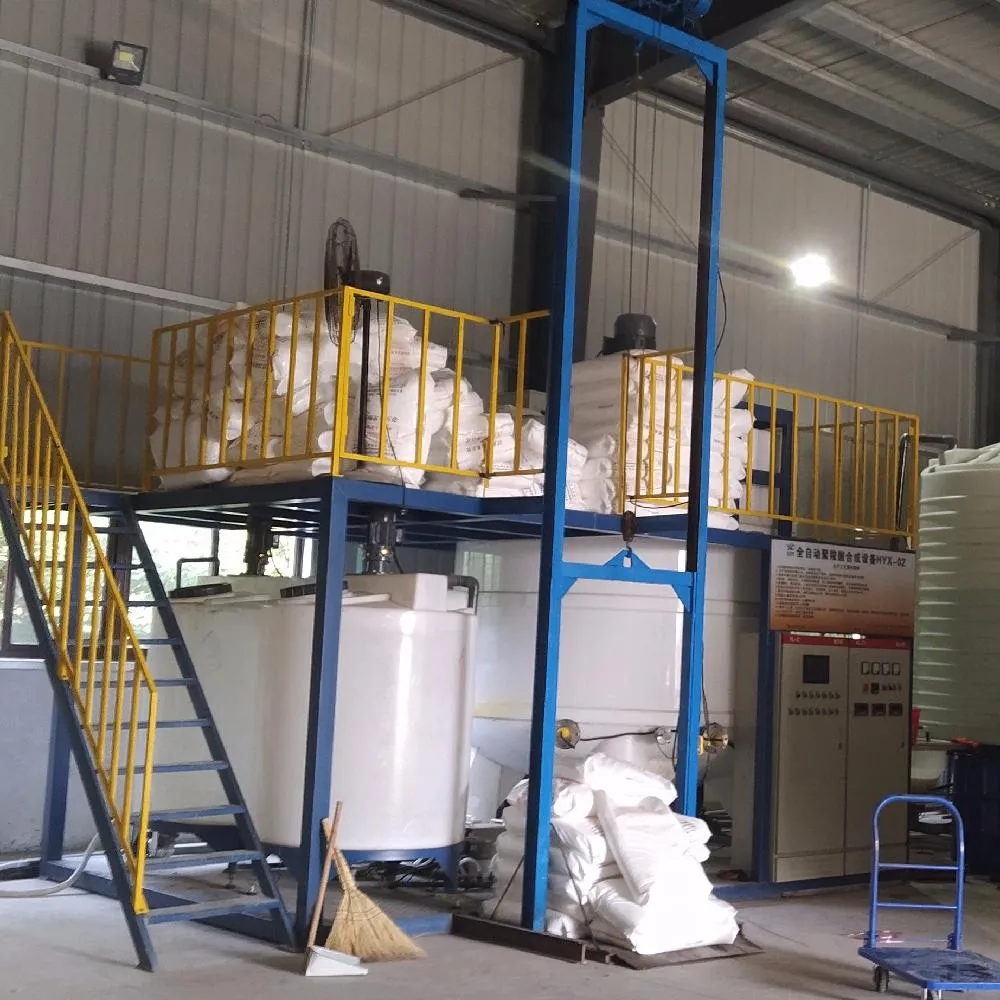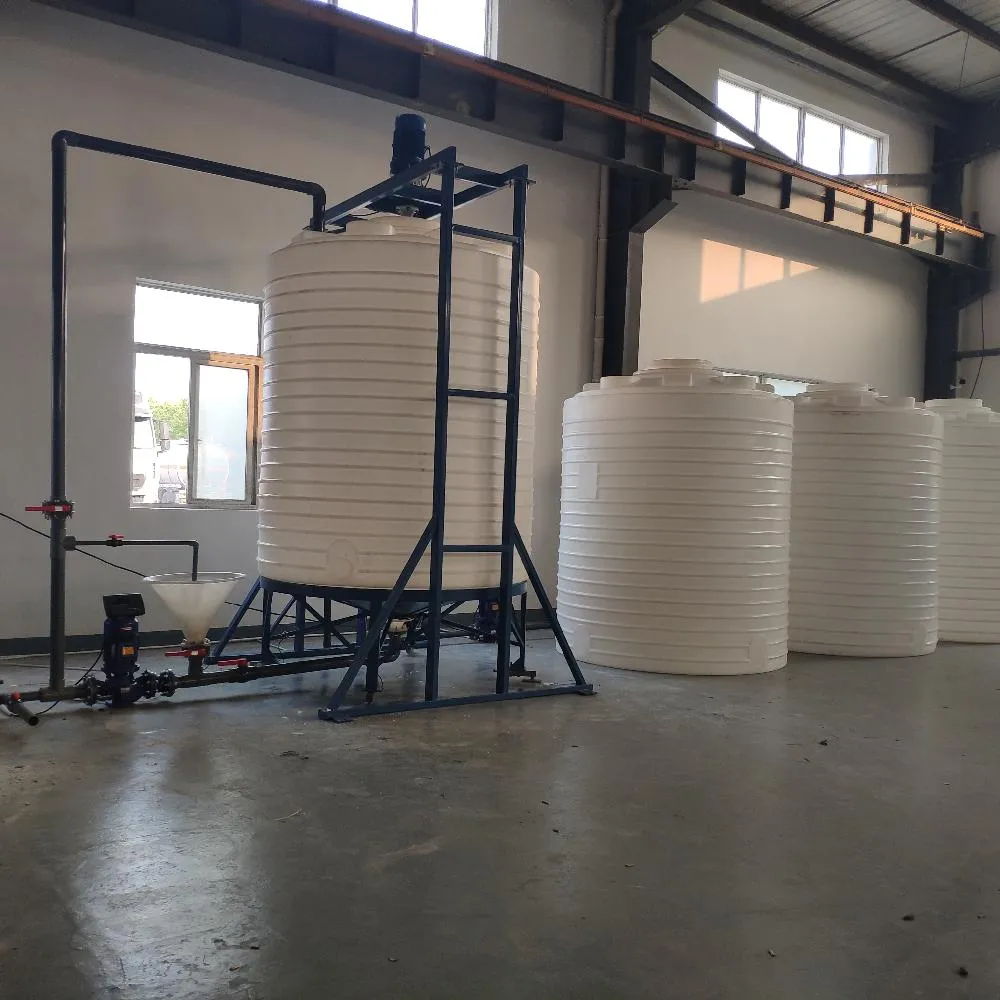┃ Advanced Manufacturing Processes
Tangzhi employs cutting-edge technologies in the production of polycarboxylic superplasticizers (PCE) to ensure high-quality, stable, and consistent products. These advanced processes enhance efficiency and guarantee that each batch meets stringent performance standards.
Tangzhi uses precise polymerization techniques, meticulously controlling reaction conditions such as temperature, pressure, and catalyst usage. This ensures uniform molecular weight distribution and accurate functional group placement, leading to superior dispersion properties and stability.
By adopting continuous flow reactors, Tangzhi achieves better control over reaction parameters compared to traditional batch reactors. This enhances production efficiency and repeatability, minimizing batch-to-batch variations and ensuring consistent product performance.
- Automated Quality Control
Integrated real-time monitoring and automated testing systems are used throughout the production process. These systems detect and correct deviations instantly, maintaining strict quality standards and ensuring every batch is flawless.
- High-Purity Raw Materials
Tangzhi selects raw materials with high purity levels and consistent specifications. This reduces impurities that can affect product performance, ensuring reliability and consistency across all batches.
- Advanced Filtration and Purification
Multi-stage filtration and purification processes remove residual monomers and by-products, producing a cleaner, more stable final product with enhanced dispersion properties.
┃ Research and Development Capabilities
At Tangzhi, we are dedicated to advancing the field of superplasticizers through continuous research and innovation. Our commitment to excellence is reflected in our cutting-edge R&D capabilities, robust intellectual property portfolio, industry certifications, and strategic partnerships.
Through our robust R&D efforts, patent portfolio, industry certifications, and strategic partnerships, Tangzhi elevates its brand as a leader in superplasticizer technology. Our ongoing commitment to innovation ensures that we not only meet but exceed customer expectations, providing solutions that are both technologically advanced and environmentally responsible.
In summary, Tangzhi’s dedication to research and development positions us as a trusted and innovative partner in the superplasticizer industry. Our comprehensive approach to R&D enhances our technical expertise and reinforces our reputation for excellence.
For more detailed information on our R&D initiatives or any specific aspect of our innovations, please feel free to contact us!
┃ Environmental Advantages of Tangzhi's Superplasticizers
At Tangzhi, we prioritize environmental sustainability in all aspects of our operations. Our commitment to eco-friendly practices is reflected in our robust environmental certifications and innovative green technologies. These efforts not only enhance our products' performance but also appeal to environmentally conscious consumers.
We actively engage in collaborative projects with universities, research institutions, and industry leaders. These partnerships facilitate knowledge exchange and accelerate the development of groundbreaking technologies. For example, our collaboration with [Partner Institution] has led to the creation of eco-friendly polymers that reduce environmental impact without compromising performance.
In summary, TangZhi’s focus on research, patents, certifications, and collaborations elevates our brand’s technical content and professionalism, providing customers with reliable, high-performance products tailored to their needs.
Customer evaluation
We have received an overwhelming amount of positive feedback from our valued customers. Their testimonials consistently praise the superior quality and reliability of our products. We are confident that our commitment to excellence will continue to meet and exceed your expectations. Thank you for choosing us, and we look forward to serving you with the same high standard of quality.
